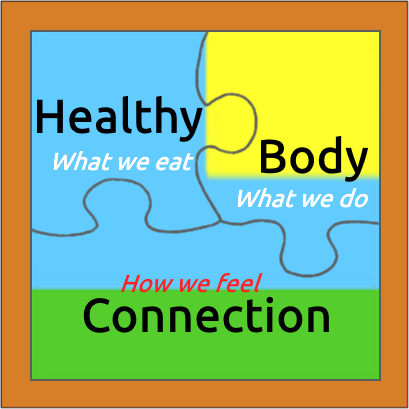How food is metabolized
In order to understand how and why the ketogenic diet works, you first need to understand how food is metabolized in the body.
Let’s begin our discussion by dispelling the notion that all calories are created equal. Everything we eat is processed by our bodies, but not everything we eat is processed in the same way.
Carbohydrates are not essential nutrients. There is no daily required amount of carbs.
Foods are categorized into the following three macro-nutrients: carbohydrates, fats, and proteins. Any food that is not a fat or a protein is a carbohydrate. Carbohydrates are not essential nutrients. There is no daily required amount of carbs. Refined carbohydrates tend to go through the digestion process very quickly, spiking our blood sugar levels and causing our bodies to respond by releasing insulin into the blood. Too much insulin in our blood can cause a number of difficulties for us.
Without insulin, there is no fat storage.
Without insulin, there is no fat storage. Normally, when we eat, some insulin is secreted by the pancreas into the blood. As we digest, some of the energy from our food is used by the body and some of it is stored as fat. When things are functioning correctly, the food energy that is stored as fat is only stored temporarily. Once the meal has been completely digested and there is no more glucose in the blood, the energy that was temporarily stored as fat is released from the fat cells, back into the blood stream for use.
The more carbs we eat, the hungrier we become. The hungrier we become, the more carbs we eat.
Problems can occur when we eat too many carbohydrates, especially refined carbs and sugars, which cause large sugar and insulin spikes in our blood. When there is too much insulin in our blood, almost all the energy from the food gets pushed into our fat cells for storage and is locked there. Very little energy is made available to the body for use. When the food is completely digested, none of the energy that was stored as fat is released back into the blood for use, causing a sugar crash. This lack of available energy in the blood tells our brain that we are starving. The body responds to this starvation emergency in two ways: by slowing down our energy expenditure, and by producing hormones which signal hunger. This hunger drives our cravings for the quickest form of available energy, which is carbohydrates. This becomes a vicious cycle. The more carbs we eat, the hungrier we become. The hungrier we become, the more carbs we eat. Meanwhile, insulin continues to push all the energy from our food into our fat cells, making us fatter and fatter. This eventually puts our overly-full fat cells into distress, and they become inflamed. When our fat cells become inflamed they release proteins called cytokines into the blood. The presence of cytokines in the blood causes systemic, low-grade inflammation. Chronic inflammation of this nature has been associated with Alzheimer’s, hypertension, heart disease, diabetes, fatty liver disease, and other chronic illnesses.
Too many insulin spikes over time can lead to insulin resistance.
Too many insulin spikes over time can lead to insulin resistance. Insulin resistance is a state in which the body becomes insensitive to, or unresponsive to, insulin. In a state of insulin resistance, more and more insulin is needed to handle the sugar in our blood. When the pancreas can no longer produce enough insulin to handle the sugar in our blood, it is called diabetes. Developing type 2 diabetes is akin to developing an intolerance to carbohydrates.
Insulin resistance is an underling cause of many illnesses, including Alzheimer’s disease. Additionally, when too much sugar is left in the blood, it leads to the damage of our vascular system and our organs. This is why high blood sugar causes heart disease, and why diabetics often end up with vision loss and amputations.
Beginners Guide to Keto: Table of Contents
